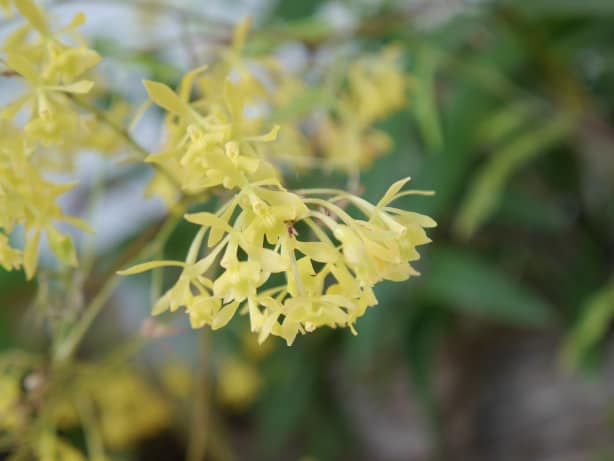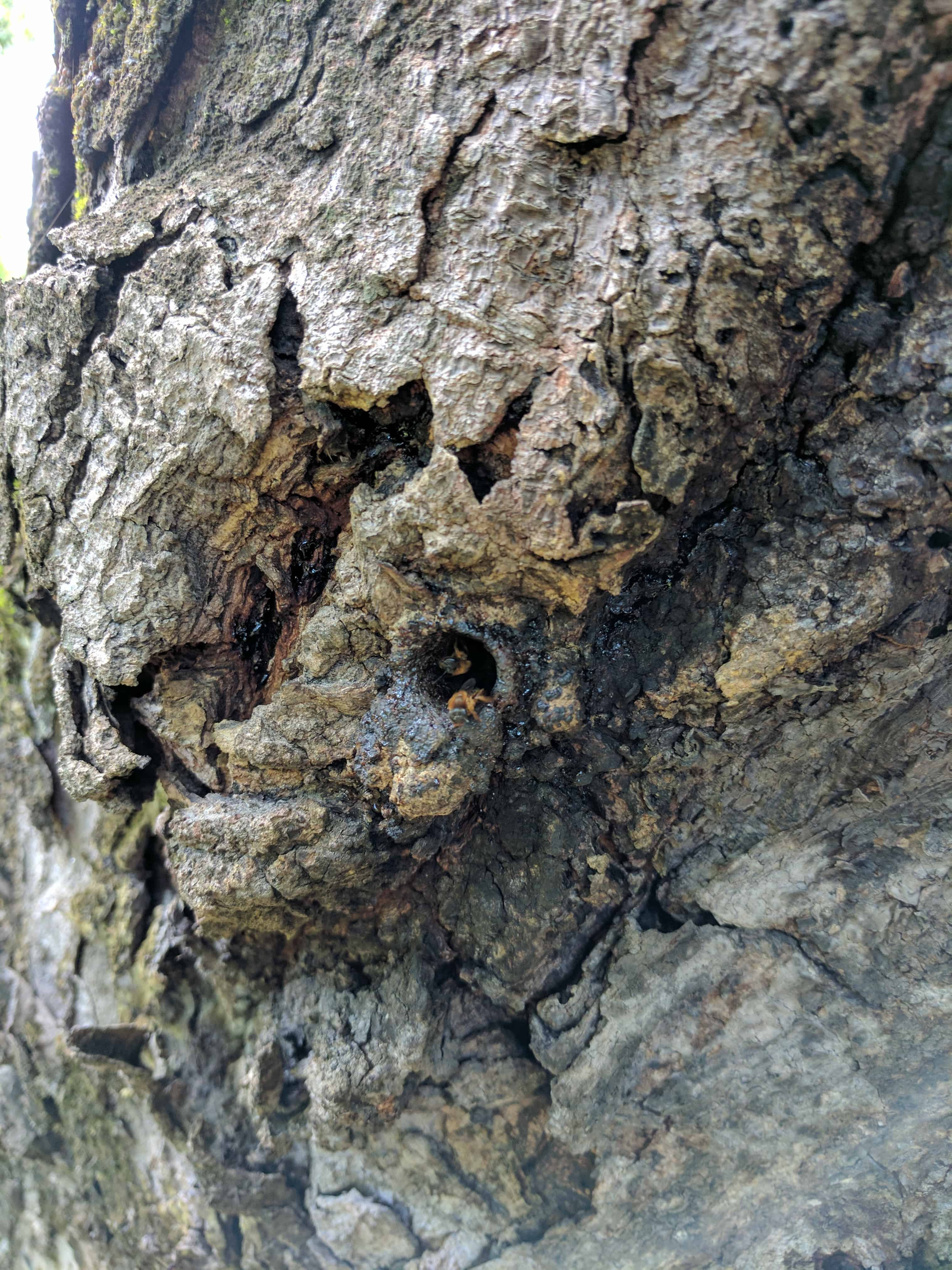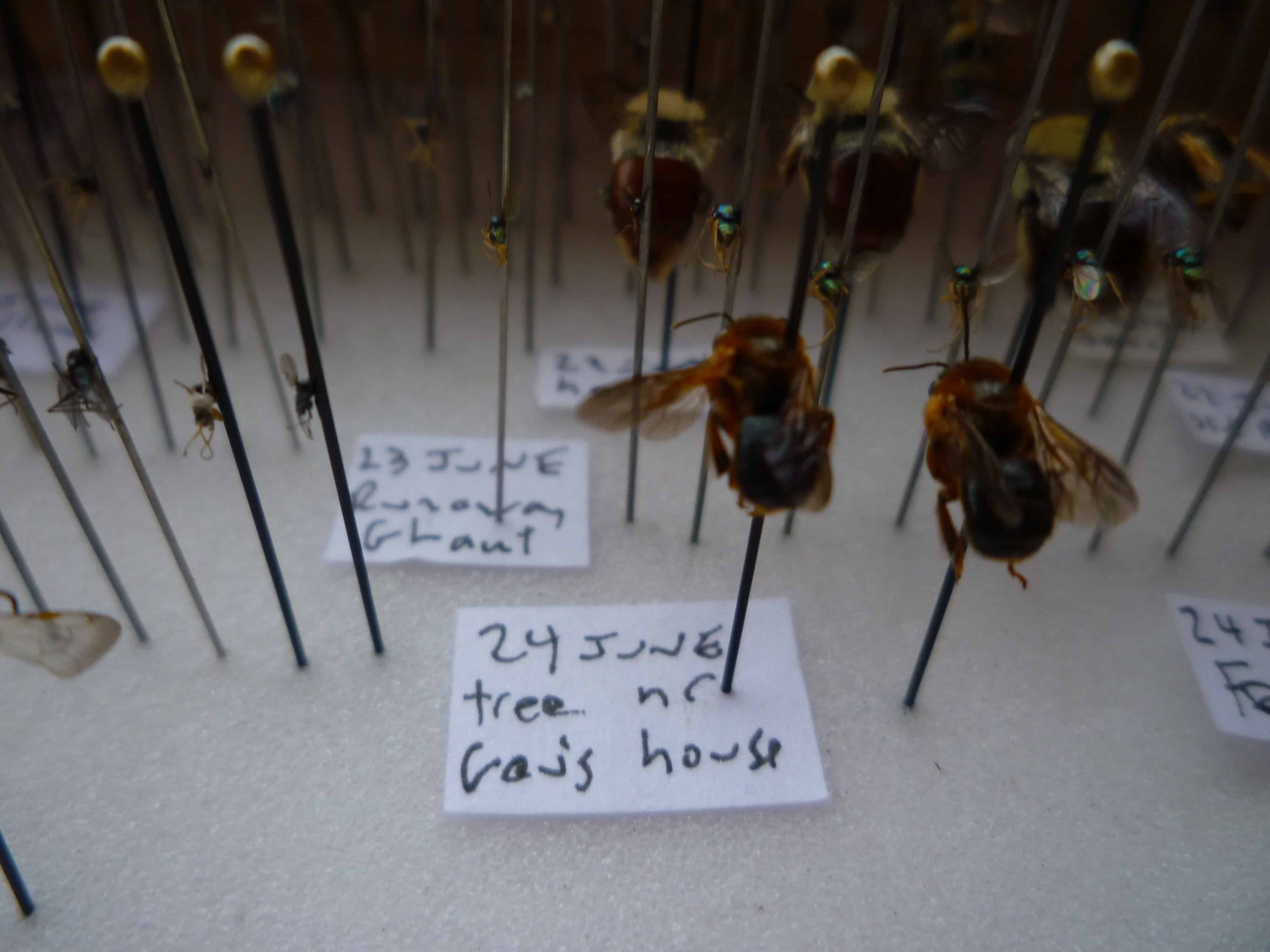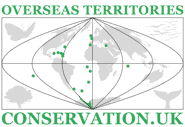
Montserrat's bottle bee
This blog originally features on the Seedball website in September 2017
Summer may have ended in the UK, but in Montserrat, a UK Overseas Territory in the Eastern Caribbean, the tropical temperature means that bees can keep on working hard outdoors, all year round.
The island is home to a very special bee. Locally, it is know as the ‘bottle bee’.
The name comes from the internal structure of the hive. It is not the typical hexagonal shape; instead, the structure has a neck narrower than the body, like a bottle.

The species found on Montserrat differs from the one found on other islands in the region, such as Guadeloupe and Dominica, and in South America, so much so that it is considered a separate species and has been given its own scientific name Melipona lautipes.
It is smaller than the European honey-bee and is stingless. While a human or other animal extracting honey from their hives would not incur a painful sting, there are other ways in which they protect the hive from intruders, including crawling into nostrils and ears.
Montserrat, a 17 km long and 11 km wide island, is known as the “Emerald Isle of the Caribbean” due to both historical Irish influences and the lush greenness of tropical mountain vegetation, with streams and waterfalls.
Volcanic activity, starting over 20 years ago, dramatically impacted the islands’ economy as the capital, Plymouth, was destroyed by pyroclastic flows. As a result, the human population declined from about 12,000 to about 5,000. Since then, the island has been working hard to rebuild.
The bottle bee thrives in the lush conditions that the volcanic island provides. Similar species of bottle bee have been domesticated in South and Central America and, until recently, “wild honey” was harvested on Montserrat. Given that the quality of the honey produced by the bottle bee was recognised as early as 1654 as being “better than the European one”, and the fact that this is so unique to the island, economic opportunities are being explored.

As part of a project, part-funded by the UK Government’s Darwin Plus (DPLUS049), a consortium of scientists and conservationists are taking actions to maximize the area available to its endemic species, through effective planning, community engagement to help limit the spread of invasive species, and by providing open access to data on insects, which provide many ecosystem services (e.g. predatory flies which feed on mosquito larvae, beetles which drive nutrient cycling, bees for pollination). The UK-based non-government organisation, the UK Overseas Territories Conservation Forum, has worked with the Montserrat National Trust and Department of Environment for over 20 years and brings together the Montana State University and Treweek Consulting to partner into the project.
Thousands of invertebrate specimens collected from Montserrat, and elsewhere in the Caribbean are stored in the lab at Montana State University. In collaboration with project partners they are adding to their knowledge about the island’s invertebrates. A collection of this kind is vital in our understanding of animal and plant and associations and how things change over time, particularly in light of climate change.
A colony of bees recently visited the garden of the Montserrat National Trust, looking for a place to build a new nest. The visitors were very welcome, but have since moved on to build a hive elsewhere.
If you would like to find out more information and/or ways to support this work, please contact us
